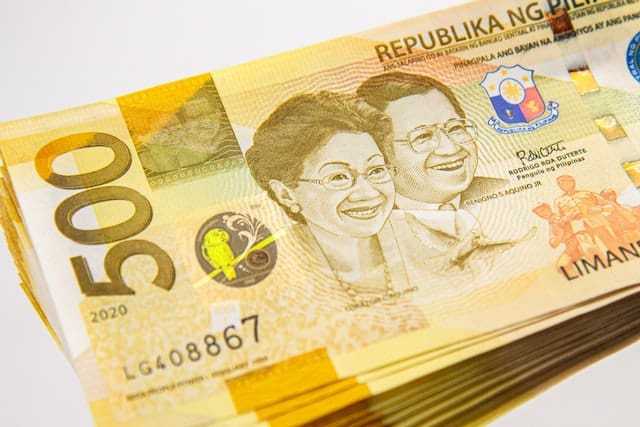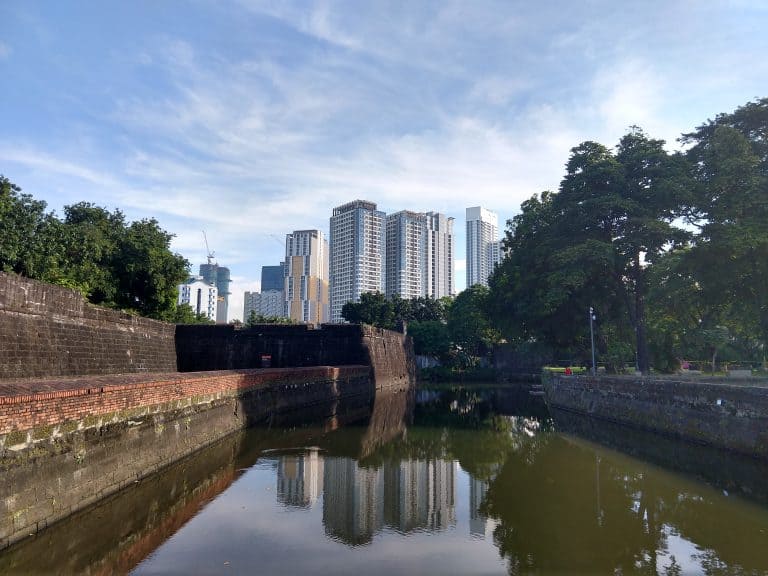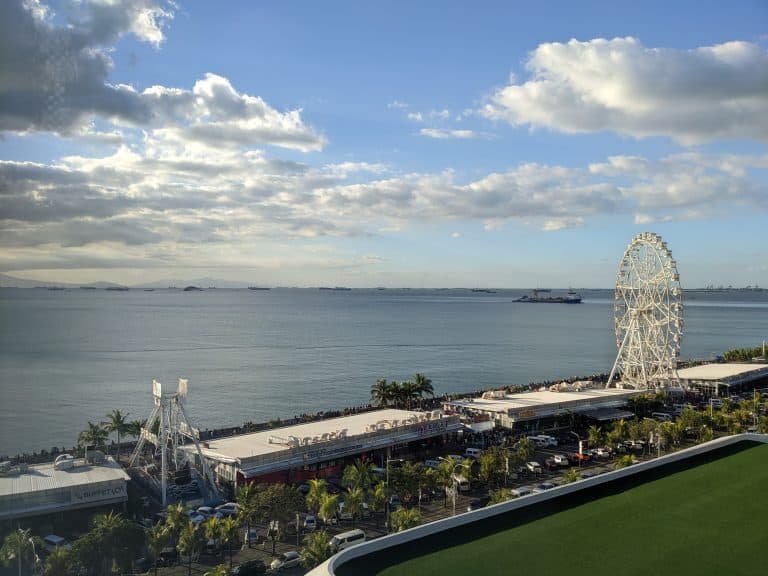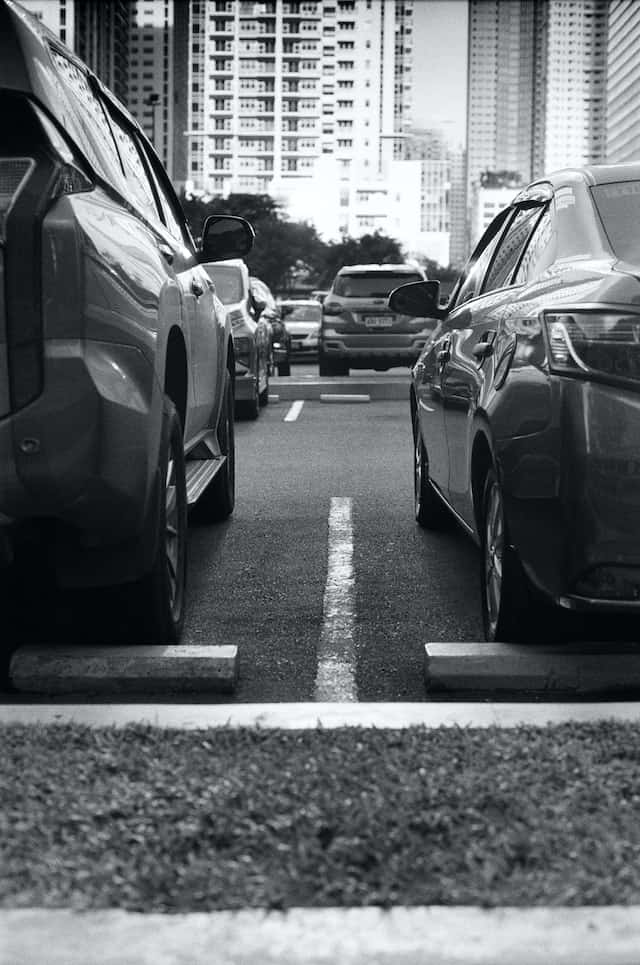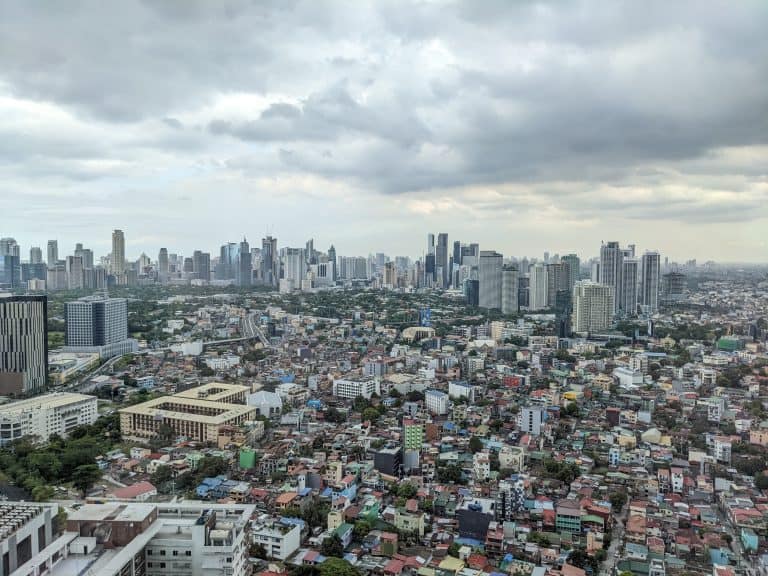Is Manila Expensive To Visit? (What To Budget For A Great Trip)
Southeast Asia is on the top of every backpacker’s and budget traveler’s list.
But if you want to splurge on pampering and futuristic luxury, there’s something for you, too.
Where does the Manila fit in that spectrum?
Here’s whether Manila is expensive
Manila is not expensive to visit, by Western standards. Tourists in Manila will find prices around average for major cities in Southeast Asia. However, Manila is noticeably more expensive than most other cities in the Philippines or most of mainland Southeast Asia.
I’d say Manila is worth visiting for most travelers, and all the more so if you want to enjoy a great trip on a tight budget.
What prices should you expect in Manila?
Presumably, you’re considering a shorter stay and won’t need to consider cost-of-living factors like rent, car insurance, or income tax. Rather, most of your spending in Manila would fall into four categories:
- Accommodations
- Food
- Transportation
- Attractions and entertainment
Wherever it makes sense, these are split up into budget, mid-range, and luxury tiers.
Keep in mind that Metro Manila is a very large area that comprises 17 cities. Prices fall rapidly as you get into outlying districts, and that’s especially true for hotels.
However, only a few of those cities are of interest to tourists: places like Manila proper, Pasay, Makati, or Taguig. Price ranges mentioned here are based on those areas.
Keep in mind that it’s always possible to spend less as you get farther from points of interest. It just gets harder to enjoy the most interesting parts of the city.
Important note: price ranges here do not include VAT (usually 12%) or service fees (usually 10%). Tips are not expected in the Philippines, but it’s always nice to round up the bill, especially if it’s a small difference in cash. For a ballpark estimate, just add one quarter to food and hotel prices you see below.
Manila accommodation prices
Very basic but decent budget hotels—think clean rooms, A/C, and a private bathroom—can run as little as $20 per night, with a little luck. You can count on the $30-$40 range more consistently. (There are dorm-style hostel rooms for perhaps $10/night, but I’d say the slight extra cost is well worth it.)
This budget probably won’t put you in the trendy areas—namely, BGC or central parts of Makati—but it definitely won’t relegate you to the outskirts, either.

Note that Manila is a hectic, noisy city. If it’s your first trip in this part of the world, that may come as a surprise. For light sleepers—like me—it’s essential to choose a place that isn’t immediately above the sidewalk, at street level, or by a highway.
Plenty of budget hotels fit the bill; you’ll just want to avoid an arrangement like this. (It’s decent inside, according to reviews, just not in a…relaxing…location.)

At mid-range hotels, you can expect some amenities, more stylish decor, and probably a breakfast of some sort. I’d count on $40-$50 with some luck or $60-$80 more typically.
Many of these are on the newer side, given Manila’s construction boom over the last several years. However, this is the tier where the neighborhood starts to influence the price significantly more.

This should put most of the trendy areas within reach, which also means that neighborhood choice has a huge effect on price. It usually covers either a fairly fancy room or a desirable spot, but nailing both takes a little more luck and a lot more detective work.
Tip: you can strike a good balance around the Poblacion area of Makati, which is my personal suggestion. Other good options are farther out at the Ortigas Center in Pasig/Mandaluyong, as well as at smaller hotels near Rizal Park and the American Embassy in the City of Manila.
Finally, luxury hotels usually start at around $100 or $120 for a modern-business-hotel vibe, and roughly $150-$250 and up for large high-rises with gorgeous views, spa facilities, and an altogether more resort-like feel.
Naturally, this price range will cover at least a standard room anywhere in Metro Manila. Most five-star hotels are near the Greenbelt and Glorietta areas of Makati, but you’ll find them in almost every business business district, not to mention the enormous casino-resorts complex just west of the airport.


Manila food prices
Budget restaurants are ubiquitous around Manila. Fast-food chains like Jollibee are wildly popular, and you won’t go far without finding a Mang Inasal or other chicken-and-rice spot. Their smaller meals start at around $2 (or even less), and you’d be hard-pressed to spend more than $4 for a reasonable portion.
However, you won’t get much variety in this price range, and fresh foods (e.g., salads) are a whole lot harder to find. At the upper end of the budget range, mall food courts are usually your best and most interesting option.
I’ll leave street food to your own judgment, but Manila as a whole isn’t a street food destination like Bangkok, for instance.
Mid-range restaurants get a lot more interesting, and they tend to be the best value. This particularly applies to Filipino and other major Asian cuisines. Plan on $5-$10 for a main course and something small on the side.
By the way, it’s typical to order family-style (large, shared dishes) at traditional Filipino restaurants, but not necessary.
Western-style places are popular, but prepare to pay relatively more for food that’s not likely to impress. (Western restaurants are a newer phenomenon, obviously, and collectively have enough cachet to charge more than you’d expect.)
High-end restaurants are a good deal, all things considered. Restaurants of Michelin-starred chefs, like FOO’D in BGC, may begin around $15-$30 for a simpler set meal. Of course, plan to spend three or five times that amount on elaborate tasting menus, the best steakhouses, and so forth.
Incidentally, the best fine dining is almost never in malls. I’m sure there are exceptions, but the priciest mall restaurants—although good—are seldom worth it.
Manila transportation prices
If you plan on riding one of Manila’s iconic jeepneys, you’re in for an awfully unique experience.
They’re hot, crowded, and aggressively-driven…but also very cheap. Fares aren’t always obvious, so ask someone before getting on. That said, roughly $0.20 is common, and the longest rides shouldn’t exceed $1.
When it’s time to get off, simply yell out para (that’s “PAH-rah”) when you want to get off, and the driver will stop—if he can hear you, that is!
As for more modern transportation, the LRT and MRT systems cover a lot of territory for only $0.30-$0.60 per ride. Although faster and more pleasant than jeepneys, they’re still infamously packed. If you ride during commute hours, don’t be surprised to find lines out of the station and down the sidewalk!
(By the way, “commute” in the Philippines means public transportation specifically. That’s one of several Filipino English words with surprising meanings.)
The most comfortable option by far is to use Grab or one of its local rideshare competitors. Plan on $3-$10 for a ride within the parts of Manila that tourists typically visit. Outlying cities or exceedingly bad traffic may come out higher, of course.
Manila taxi scams are well-known. Official, registered, metered taxis are perfectly fine—and perhaps the best choice from the airport—but take great care to choose a reputable service. I can’t personally advise on that, since we’re fortunate to ride with family to/from the airport, but it’s well worth researching before you leave.
Rideshares and (legit) taxis are a lot more expensive than jeepneys or transit, but I strongly recommend them if you’re trying to make the most of limited time in town.
Manila attraction and entertainment prices
You can easily fill a day with Manila’s free attractions. See below for just a few ideas.
Otherwise, more elaborate or interactive attractions, like Ocean Park, are typically around $10-$20, on the high end.
Concerts, movies, and live theatre usually start around $5. Big names in major venues can run far more than than, of course.
If you’re into nightlife, then you’ll probably love Manila’s club scene. I’m too far out of my element to share much more, but I’ve frequently heard that Makati has several excellent venues with some well-known DJs. There are also several rooftop bars, cocktail lounges, and other lower-key venues. Expect roughly $5-$10 for a drink at any of the higher-end spots.
Where can I go for free in Manila?
Several iconic attractions in Manila are free.
The old walled town of Intramuros doesn’t cost anything to enter. It’s very much a lively neighborhood, not only a tourist spot. However, some of the most interesting sites within Intramuros (like Casa Manila or Fort Santiago) do cost a couple dollars. They’re interesting, well-maintained, and absolutely worth entering.
Just down the street, Rizal Park is impressive and also free. Same goes for well-known churches, of course, such as San Agustin in Intramuros or the Minor Basilica of the Black Nazarene across the river in Quiapo.
Several museums charge either nothing or only a nominal fee. The National Museum no longer charges admission, nor do most university museums or smaller, private galleries.
In the right weather, a Manila Bay sunset is one of the city’s most spectacular sights—and, obviously, completely free as well.
What’s a good travel budget for Manila?
That was a lot of numbers! Where do they leave us in terms of a travel budget for Manila?
On the low end:
$40/day for a hotel (low-$30 range before VAT and service charges)
$12/day for food ($9-$10 range before VAT and service charges)
$5/day for transportation
$5/day for attractions or entertainment
———-
$62/day
Allowing a little more for the unexpected, I’d call it $70/day for an ultra-frugal stay in Manila.
That assumes a) nothing goes wrong and b) you’re content to do little besides walk around. Nothing wrong with that! However, there are better places in the Philippines—including many breathtaking beaches—to have more fun while stretching that budget farther.
From there, I’d simply double and add another $30 for entertainment/attractions/occasional splurges, bringing it to $170/day for a mid-range stay in Manila.
Finally, I’d triple that number, rounding down slightly, to at least $500/day for a luxury stay in Manila. Of course, living it up with hotel spa services, front-row seats, fine dining, and VIP clubbing could easily double that number once again!

